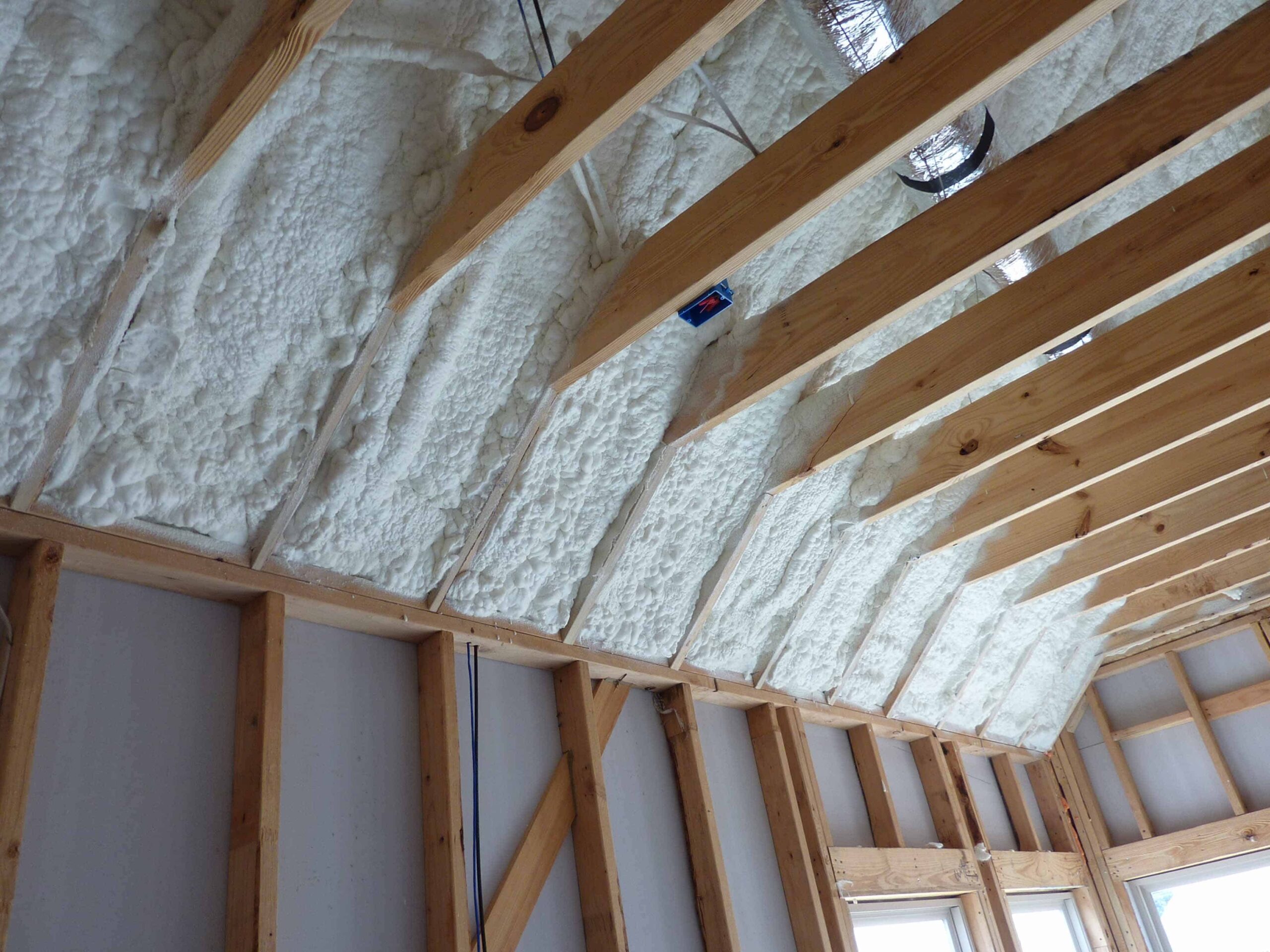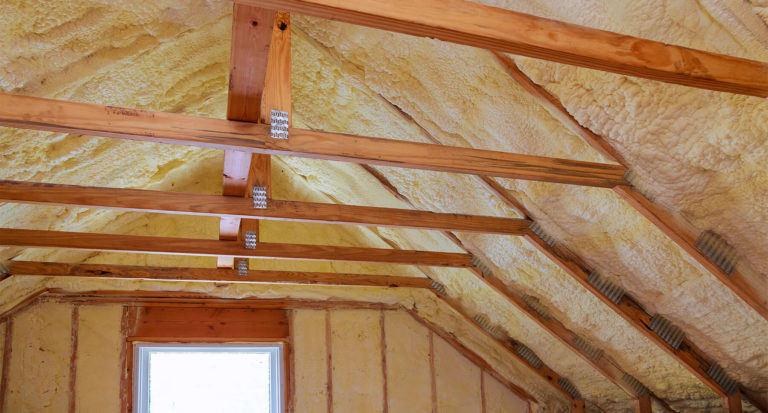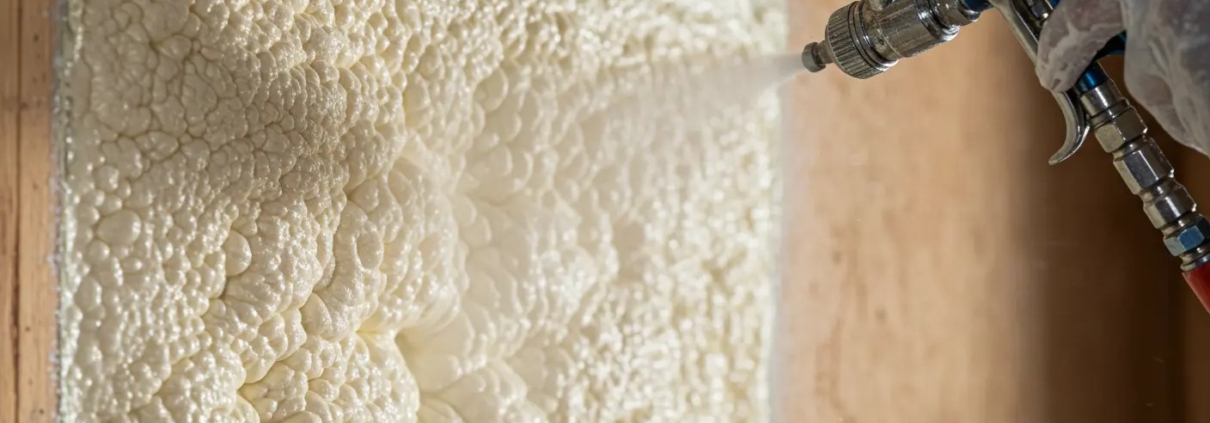How Does Spray Foam Insulation Hold Up in a Severe Weather Event?
When severe weather is on the horizon, the focus often turns to windows, doors, and roofing. But what about the material inside the walls? Professional Spray foam insulation consistently demonstrates remarkable resilience in severe weather events, acting as both an insulator and a structural reinforcement. Its ability to adhere directly to building materials creates a rigid, monolithic structure that strengthens walls and rooflines against high winds. Furthermore, closed-cell spray foam acts as a powerful barrier against water intrusion, a critical feature during hurricanes and floods.
To understand its effectiveness, it’s helpful to look at how spray foam performs under pressure, from resisting wind uplift to preventing water damage. The information here is drawn from building science principles and the practical experience of insulation professionals who have seen firsthand how different materials behave in real-world storms. Understanding these properties is a key part of building a stronger, more weather-resistant home.
The Science Behind Spray Foam’s Strength
Not all spray foam is created equal, and its performance in a storm depends heavily on its type and application. The two main categories are open-cell and closed-cell foam. While both provide excellent air sealing, closed-cell foam is the standout performer for weather durability.
Closed-cell foam is dense and rigid because its cells are completely enclosed and packed together. When sprayed, it expands and hardens, acting like a high-strength glue that bonds studs, sheathing, and other building components together. This process adds significant structural integrity to a building assembly. Industry studies have shown that it can increase the racking strength of walls by as much as 300%. This is what helps a home resist the shearing forces of high winds. When discussing options with an installer, it’s worth asking about the density of the closed-cell foam they plan to use. A higher density, typically around 2 pounds per cubic foot, provides greater structural strength and a higher R-value per inch.
Open-cell foam, on the other hand, has a softer, more sponge-like texture. It’s excellent for air sealing and sound dampening, but it does not provide the same level of structural reinforcement as its closed-cell counterpart. It can also absorb water if exposed to flooding, whereas closed-cell foam is hydrophobic and approved by FEMA as a flood-resistant insulation material.
Performance Across Different Weather Scenarios
To see how spray foam holds up, it helps to examine its performance against specific weather threats. Its unique combination of adhesion, rigidity, and sealing gives it an advantage over traditional insulation materials like fiberglass or cellulose.
High Winds and Hurricanes
During a hurricane or tornado, wind creates both positive pressure pushing against a building and negative pressure pulling on it. This “uplift” pressure on the roof is a primary cause of structural failure. Because closed-cell spray foam tenaciously bonds the roof deck to the trusses or rafters, it essentially glues the roof assembly together. This can dramatically increase the wind uplift resistance, helping to keep the roof attached during a major storm. The air-sealing quality also prevents wind-driven rain from being forced through small gaps in the sheathing.

Flooding and Heavy Rain
For homes in flood-prone areas, insulation choice is very important. Fiberglass batts act like a sponge, soaking up water, losing all insulating value, and becoming a breeding ground for mold. Closed-cell spray foam, however, is a non-water-absorbent material. It will not wick moisture, and because it creates a watertight seal, it can help block floodwaters from seeping through walls. Even if a wall cavity is submerged, the foam itself will not be ruined and will continue to insulate once the area dries out.
Extreme Heat and Wildfire Embers
In dry climates like Nevada, the threat isn’t just wind but also extreme heat and embers from wildfires. Spray foam’s superior air-sealing capability is a huge benefit here. By sealing every tiny crack and crevice in the building envelope, it helps prevent superheated air and wind-blown embers from entering the attic or wall cavities. This can be a critical line of defense in protecting a home. Its high R-value also means less heat transfer, reducing the strain on an HVAC system during intense summer heat waves.
Comparing Insulation Types in Harsh Conditions
A direct comparison highlights the differences in how insulation materials respond to extreme conditions. While traditional materials can be effective insulators in calm weather, their performance often degrades when put to the test.
| Feature | Closed-Cell Spray Foam | Fiberglass Batts | Cellulose Insulation |
|---|---|---|---|
| Structural Reinforcement | Excellent | None | None |
| Water Resistance | High (rejects bulk water) | Poor (absorbs water) | Poor (absorbs and compacts) |
| Air Seal | Excellent | Poor (air permeable) | Fair (settles over time) |
| Wind Resistance | Excellent | Poor (can be dislodged) | Poor (can be blown around) |
Things to Consider Before Making a Decision
While the performance data is compelling, choosing to install spray foam insulation requires careful thought about several factors beyond its weather performance.

First, consider the building’s existing structure. On an older home, applicators need to be careful not to apply too much pressure during installation, which could damage drywall or exterior sheathing. A professional assessment is needed to determine suitability.
The regional climate is another big consideration. In the dry, hot climate of the American West, creating an airtight seal is great for keeping dust and heat out. However, a tightly sealed home also needs a plan for mechanical ventilation, like an energy recovery ventilator (ERV), to ensure healthy indoor air quality.
Finally, the quality of the installation is everything. Spray foam is a chemical product mixed on-site, and the installers must be highly trained to get the ratios, temperature, and application thickness just right. A poor installation can result in off-gassing, poor adhesion, or a lower-than-expected R-value. Always work with an experienced and reputable contractor. To ensure the foam is applied where it will have the greatest impact, many homeowners opt for a professional energy audit first, which uses tools like a blower door test to identify the exact points of air leakage.
Questions People Ask About Spray Foam and Weather
Can spray foam really stop a roof from blowing off?
It can significantly increase a roof’s resistance to wind uplift. By bonding the sheathing to the frame, it makes it much more difficult for high winds to get underneath and tear the roof off. It doesn’t make a roof invincible, but it adds a serious layer of defense.
What happens if closed-cell foam gets wet in a flood?
Because closed-cell foam is waterproof, it doesn’t absorb moisture. If the wall cavity floods and then dries out, the foam will remain intact and continue to perform as an insulator and vapor barrier without needing replacement.
Is spray foam a fire hazard?
Spray foam insulation is required by building codes to have fire-retardant chemicals mixed in. It must also be covered by a 15-minute thermal barrier, such as half-inch drywall, to separate it from the living space. When installed correctly, it does not pose an undue fire risk.
Does it lose effectiveness after a major storm?
As long as the foam is not physically gouged or torn away during the storm, its thermal and structural properties will not degrade. It’s an inert, stable plastic once cured, so its performance remains consistent for the life of the building.
Can it help with earthquake resistance?
While its primary benefit is against wind and water, the added rigidity and bonding action of closed-cell foam can help a wood-frame structure better withstand the shear forces of minor seismic activity. It is not, however, a substitute for proper seismic engineering.
Final Thoughts on Building Resilience
Ultimately, spray foam insulation Installation offers more than just temperature control. It’s a modern building material that can actively contribute to a home’s structural durability. By adding strength, sealing against air and water, and resisting degradation from moisture, it provides a level of protection that older insulation types simply cannot match. For homeowners looking to build or retrofit a home that is better prepared for unpredictable weather, it is a very compelling option, provided the installation is handled by qualified professionals.
The Importance of Professional Installation
Proper installation is critical to achieving the benefits discussed here. An experienced installer can evaluate a home’s specific needs, recommend the right type of foam, and ensure the application is done safely and effectively. For property owners in Nevada and surrounding areas, the team at Nevada Urethane offers professional consultations to determine the best approach for weatherizing a home. They can provide a detailed assessment and explain the options available. To discuss a project, they can be reached at (775) 500-0024 or by email at ihpfoam@gmail.com.
Reviewer: Maria Lopez offered detailed feedback after reviewing this post. Her 10 years of experience in spray foam work helped guide the tone and suggestions toward realistic strategies.


Leave a Reply
Want to join the discussion?Feel free to contribute!